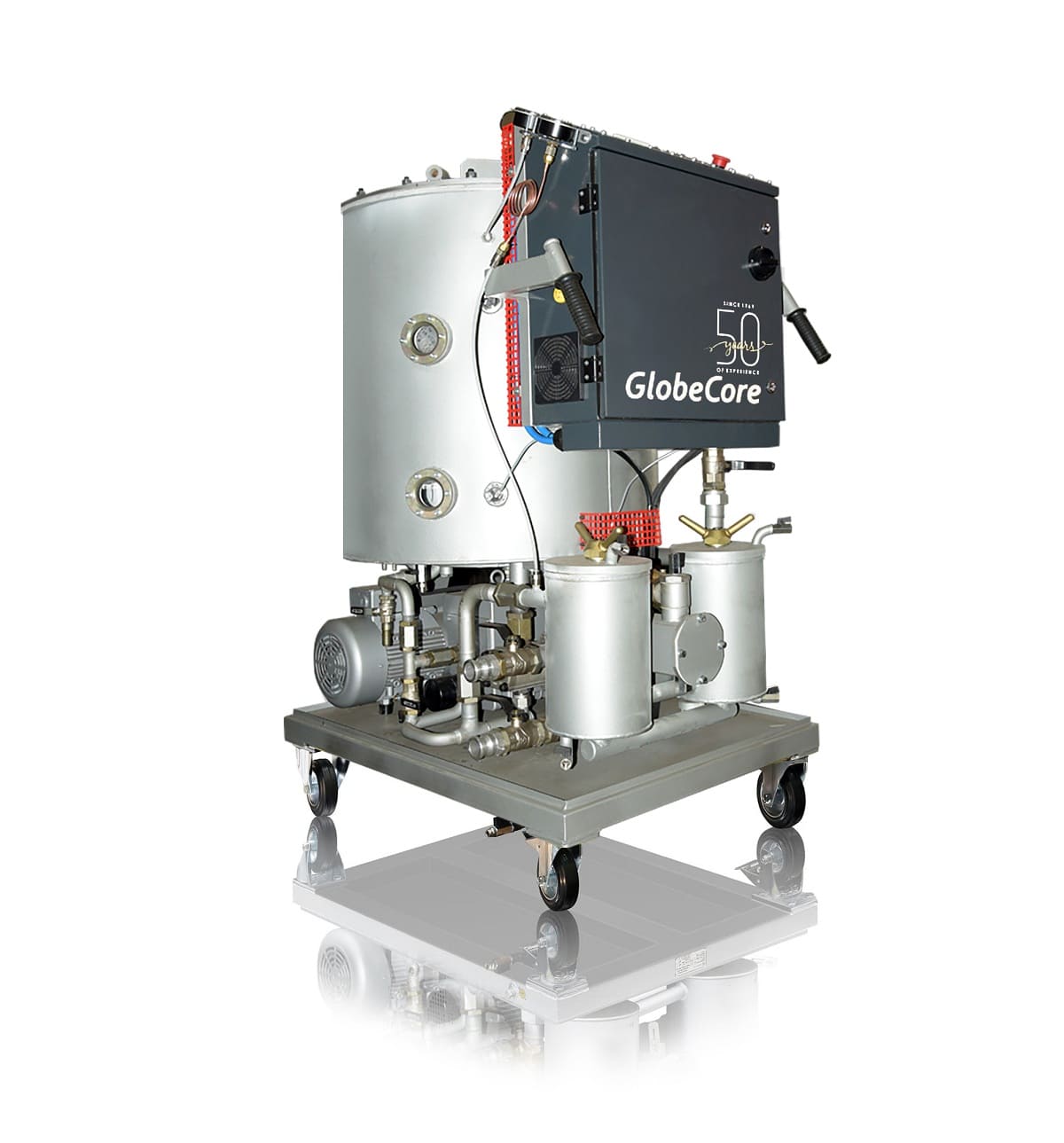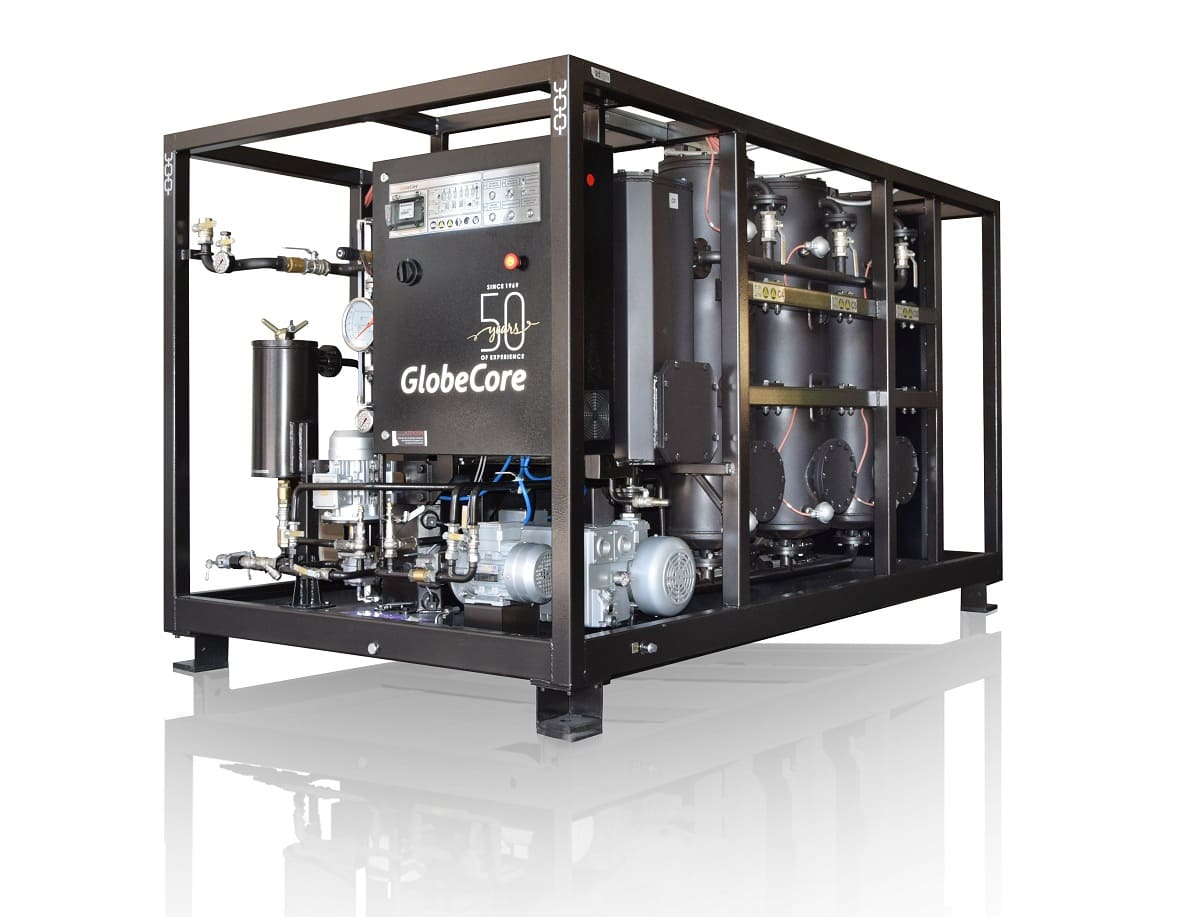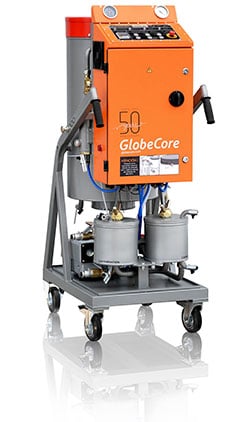What are the key considerations for Hydraulic Oil Purifier Installation in existing hydraulic systems?
- This topic has 1 reply, 2 voices, and was last updated 1 year, 1 month ago by .
Answers
-
October 7, 2024 at 9:07 am by Ahmed Abdullah
When installing a Hydraulic Oil Purifier in existing hydraulic systems, several key considerations ensure seamless integration and optimal performance. System Compatibility is paramount; the purifier must match the hydraulic system’s flow rate, pressure requirements, and oil type to function effectively. Space and Layout are important, as the purifier must fit within the existing setup without obstructing operations, allowing easy access for maintenance and monitoring. Connection Interfaces need to align with existing hydraulic lines, requiring appropriate fittings and hoses to ensure secure, leak-free integration. Power Supply must be adequate to support the purifier’s operational needs, including heating elements and vacuum pumps if applicable. Control Integration involves ensuring that the purifier’s control systems can interface with the existing hydraulic system controls, enabling automated adjustments and monitoring. Maintenance Accessibility is crucial, allowing for easy inspection, cleaning, and replacement of purifier components without significant downtime. Environmental Factors such as temperature, humidity, and cleanliness of the installation area also affect purifier performance and should be optimized. Safety Features, including alarms, shut-off valves, and proper ventilation, must be implemented to protect both the equipment and personnel. Additionally, Regulatory Compliance ensures that the installation meets industry standards and environmental regulations, safeguarding operational integrity and legal adherence. Proper planning and consideration of these factors facilitate the effective installation of a Hydraulic Oil Purifier, enhancing the hydraulic system’s reliability and efficiency.



